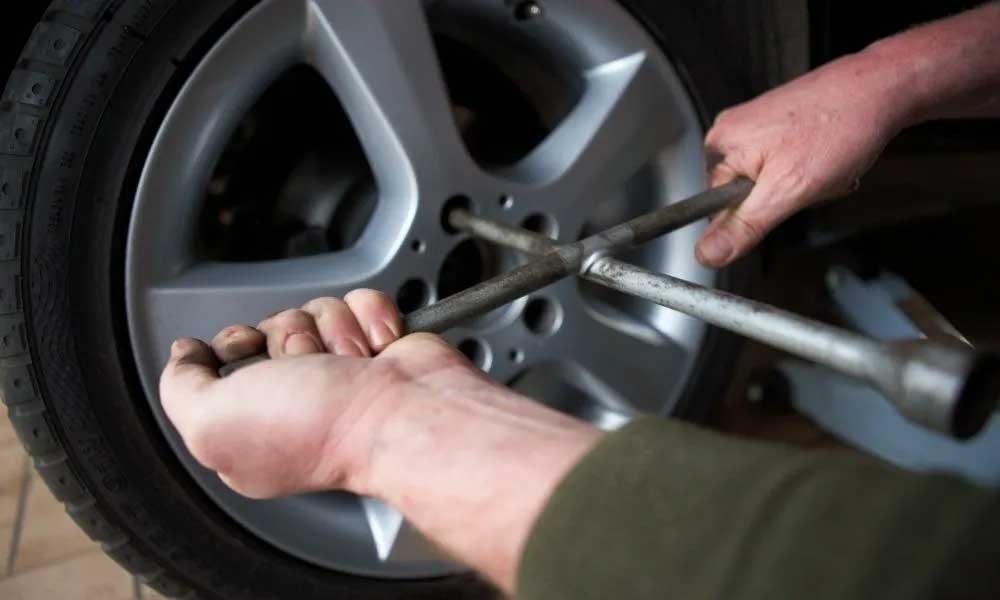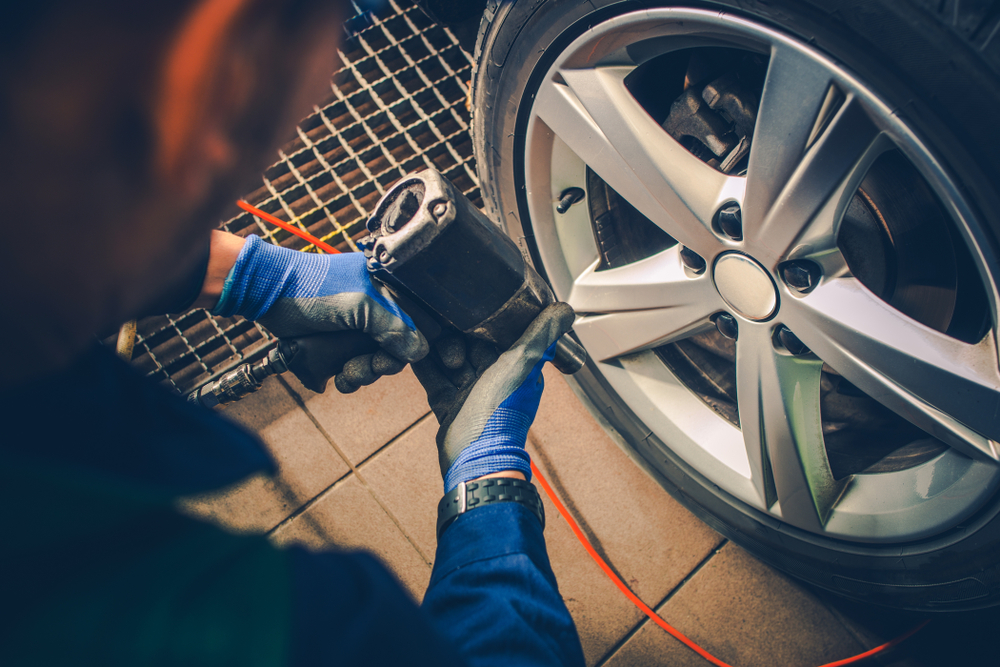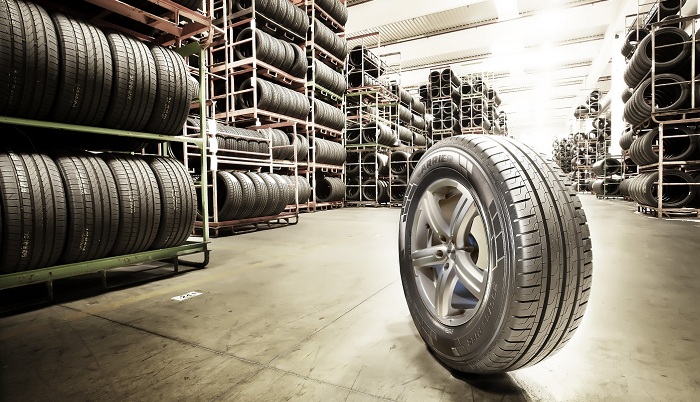Tire rotation is a critical maintenance task that helps extend the life of your tires and ensures your vehicle operates safely and efficiently. Tires wear down unevenly due to factors such as the weight distribution of the vehicle, driving habits, and road conditions.
Regularly rotating your tires helps to even out the wear patterns, ensuring that all tires wear at the same rate. This not only improves the longevity of your tires but also enhances your vehicle’s handling, braking, and fuel efficiency.

Understanding when and why you should rotate your tires can save you money and keep your vehicle running smoothly. In this article, we’ll see the importance of tire rotation, the recommended frequency, and the benefits of incorporating this practice into your regular vehicle maintenance routine.
Ensuring Even Tire Wear
One of the primary reasons to rotate your tires is to ensure even tire wear. Front and rear tires wear differently due to the distinct roles they play in driving dynamics.
Front tires typically wear out faster because they handle the bulk of the braking and steering forces, especially in front wheel drive vehicles. By rotating your tires regularly, you distribute the wear more evenly across all four tires, which helps prevent premature tire replacement.
Uneven tire wear can lead to reduced traction, increased road noise, and a rougher ride. Ensuring even wear through regular rotation not only prolongs the life of your tires but also maintains a smoother and safer driving experience.
Improving Vehicle Performance
Tire rotation contributes to better vehicle performance by maintaining balanced handling and stability. When tires wear unevenly, it can affect the alignment and balance of your vehicle, leading to issues such as pulling to one side, vibrations, and difficulty in steering.
By rotating your tires at regular intervals, you help maintain the balance and alignment of your vehicle, ensuring that it responds predictably and handles smoothly.

Improved vehicle performance enhances your overall driving comfort and safety, especially during sudden maneuvers or adverse weather conditions. Regular tire rotation is a simple yet effective way to keep your vehicle performing at its best.
Enhancing Safety
Safety is a paramount concern for any driver, and tire rotation plays a significant role in maintaining it. Tires with uneven wear can compromise your vehicle’s ability to grip the road, especially during braking and cornering.
This can increase the risk of accidents, particularly in wet or slippery conditions. By rotating your tires, you ensure that all tires have a similar tread depth, which enhances traction and stability.
Additionally, even tire wear helps prevent blowouts and other tire related failures that can occur due to excessive wear on one tire. Regular tire rotation is a proactive measure to ensure the safety of you and your passengers on the road.
Extending Tire Lifespan
Investing in a good set of tires can be costly, and maximizing their lifespan is essential for getting the most value out of your investment. Regular tire rotation helps to extend the life of your tires by promoting even wear.

When you follow the recommended tire rotation schedule, you can avoid the need for early tire replacement, saving you money in the long run. Well maintained tires also improve fuel efficiency, as unevenly worn tires can cause increased rolling resistance, leading to higher fuel consumption.
By rotating your tires regularly, you not only save on replacement costs but also enjoy better fuel economy and a longer lasting set of tires.
Following Manufacturer Guidelines
Most vehicle manufacturers provide specific guidelines for tire rotation in the owner’s manual. These guidelines include the recommended rotation pattern and the interval at which you should rotate your tires, typically every 5,000 to 7,500 miles.
Adhering to these guidelines ensures that your tires wear evenly and maintain their performance characteristics. The rotation pattern may vary depending on whether your vehicle is front wheel drive, rear wheel drive, all wheel drive, or four wheel drive.
Following the manufacturer’s recommendations also helps maintain your vehicle’s warranty and ensures that you are taking the best care of your tires. Regular tire rotation, as specified by the manufacturer, is a key component of vehicle maintenance.
Identifying Other Issues
Regular tire rotation provides an opportunity to inspect your tires and identify potential issues early on. During the rotation process, you can check for signs of damage, such as cuts, punctures, or bulges, and ensure that the tires are properly inflated.

It also allows you to examine the tread depth and wear patterns, which can indicate problems with alignment, suspension, or braking systems. Addressing these issues promptly can prevent further damage and ensure that your vehicle operates safely and efficiently.
Regular tire rotation is not only about even wear but also about maintaining the overall health of your tires and vehicle.
By understanding the importance of tire rotation and incorporating it into your regular maintenance routine, you can extend the life of your tires, improve vehicle performance, enhance safety, and save money. Make tire rotation a priority to keep your vehicle running smoothly and efficiently.

